VR Guangcai Experience
VR experience for Hong Kong traditional craft

Researches
Workshop and brainstorming
We try to research the background of Guangcai and gather the data to brainstorm ideas for the VR experience. Including the history, pattern, making process, masters' view, inheritor's view and citizens' view. We grouped the data in a workshop and drew out the ideas in story board.
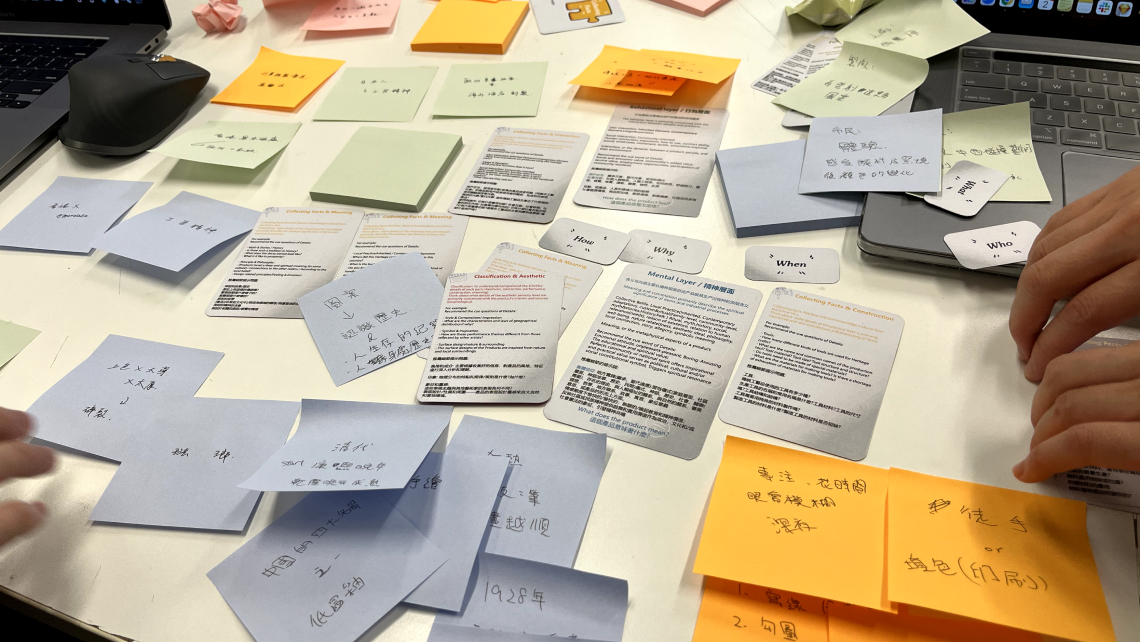
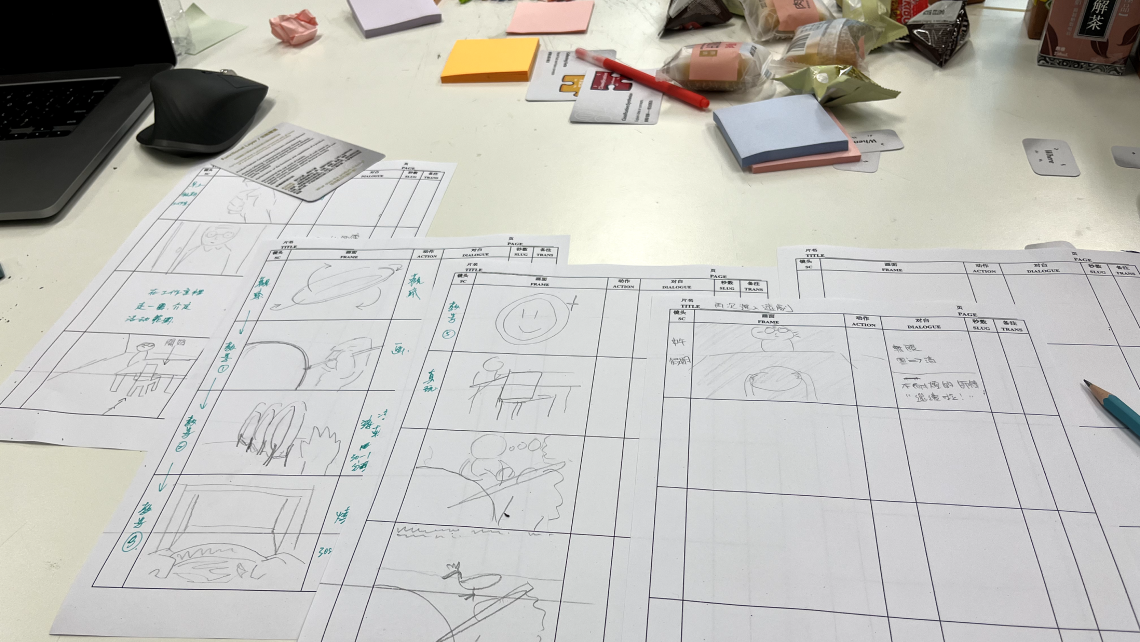
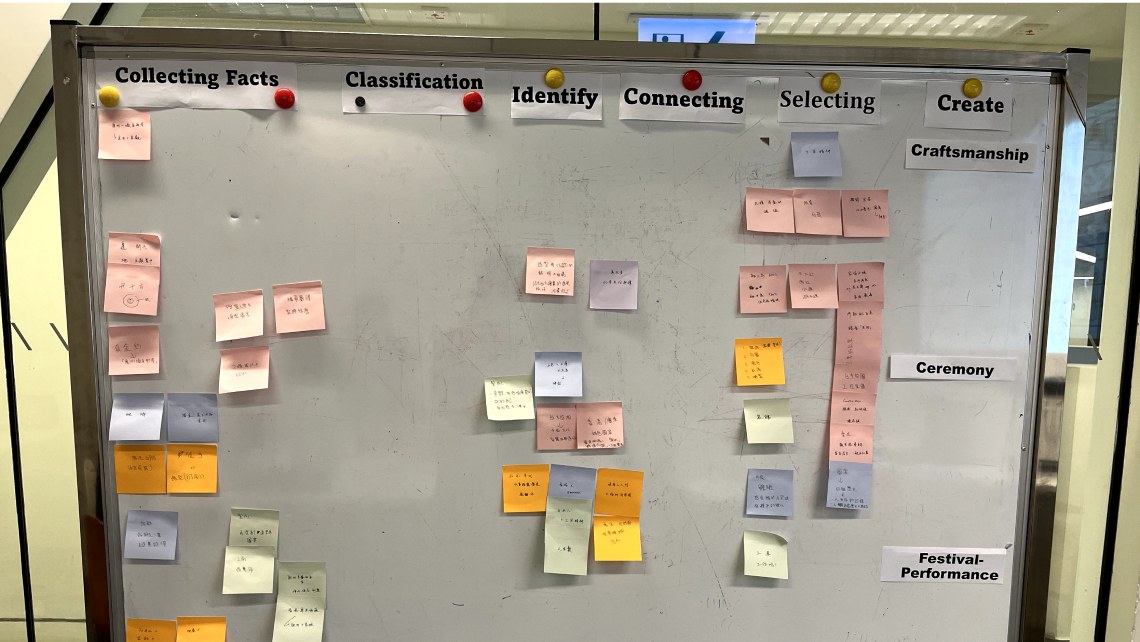

Guangcai
The Canton Famille Rose Porcelain, also known as Guangcai, refers to the art of painting patterns on white porcelain. The process involves drawing lines, painting with colours on the porcelains, and then re-firing the porcelain in the kiln.
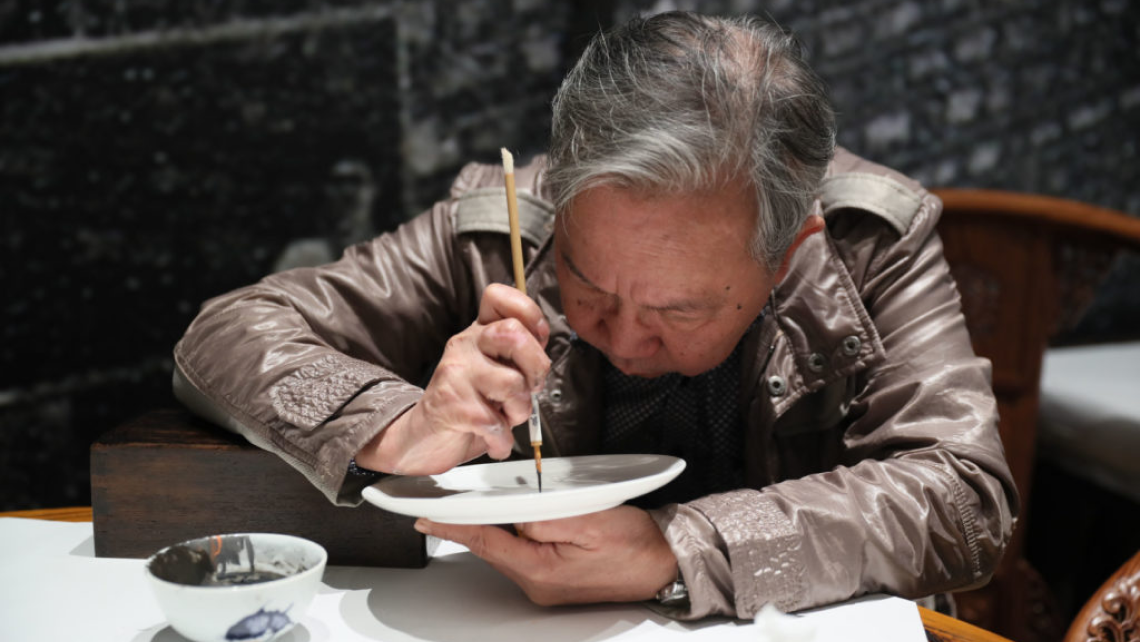

Making Process
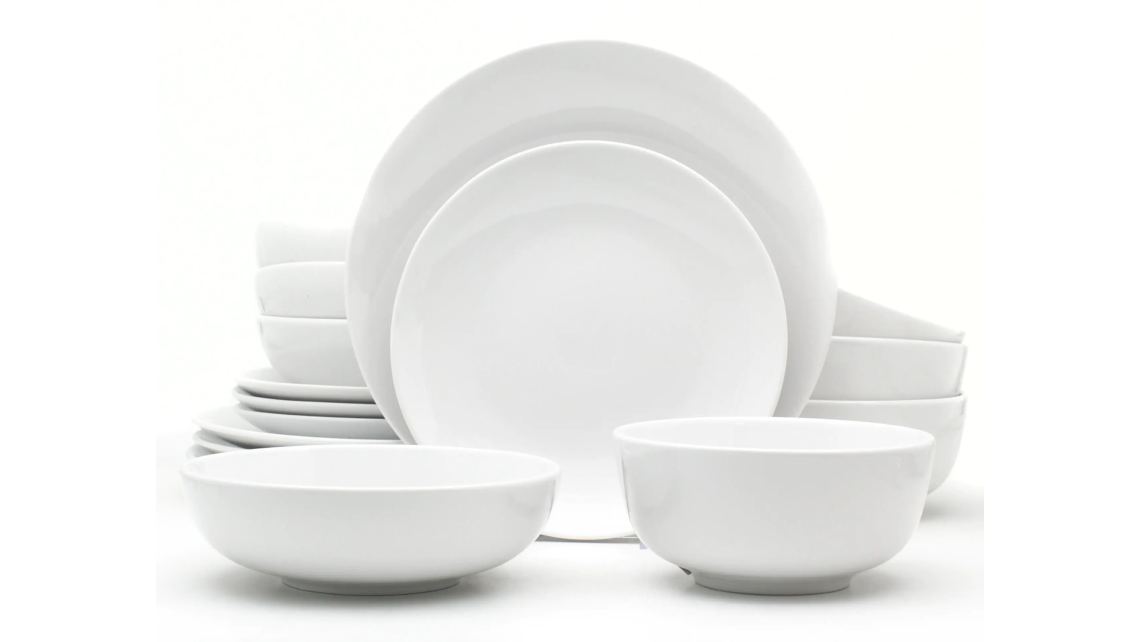
Selection of white porcelain body
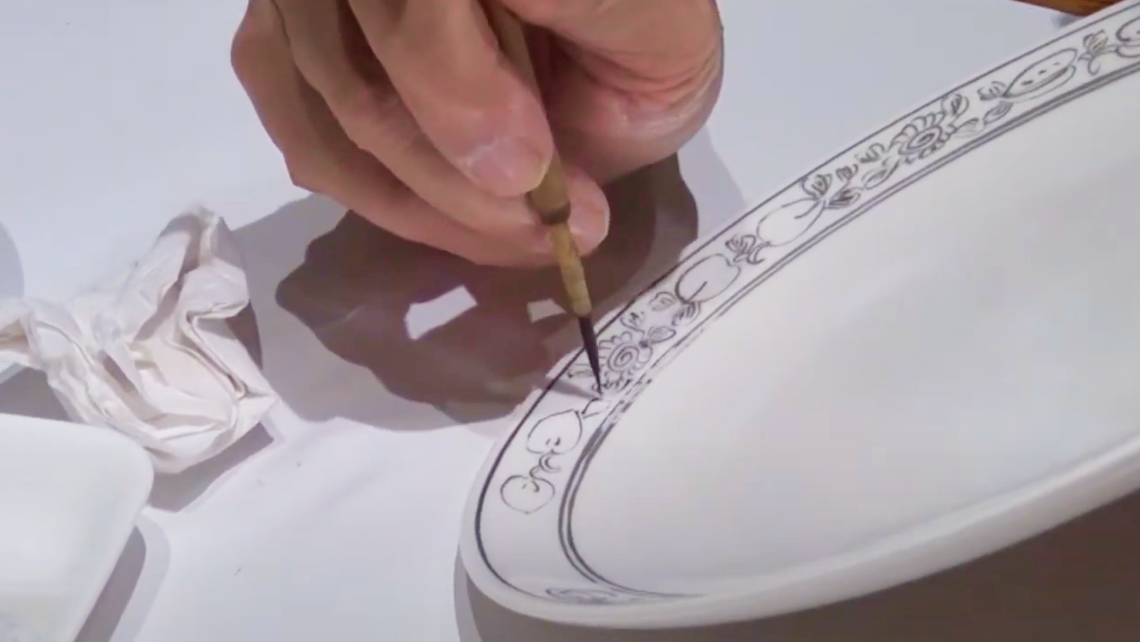
Outlined the pattern in black glaze paint

Painted the design

Air-dried
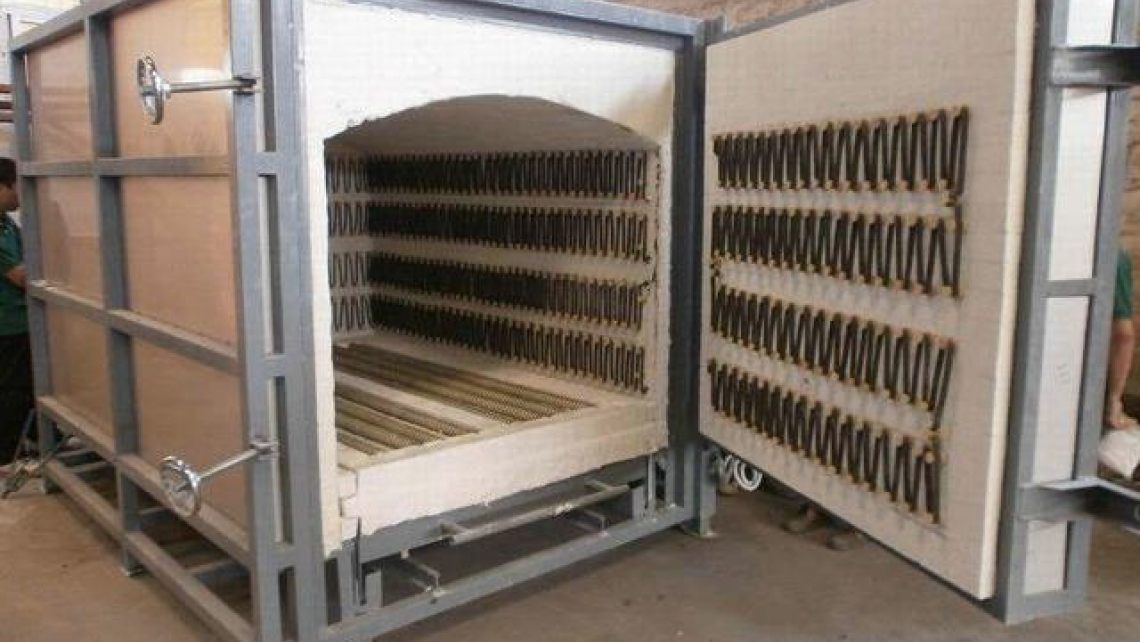
Fired in the kiln of 800 degrees celsius
The process involves drawing lines, colouring, and finally re-firing to form Guangcai, and we aim to actualise as much making process as possible. In this VR prototype, we will demonstrate steps 2 and 3 to focus on the layout of the framed and grounded of a Guangcai.
Patterns
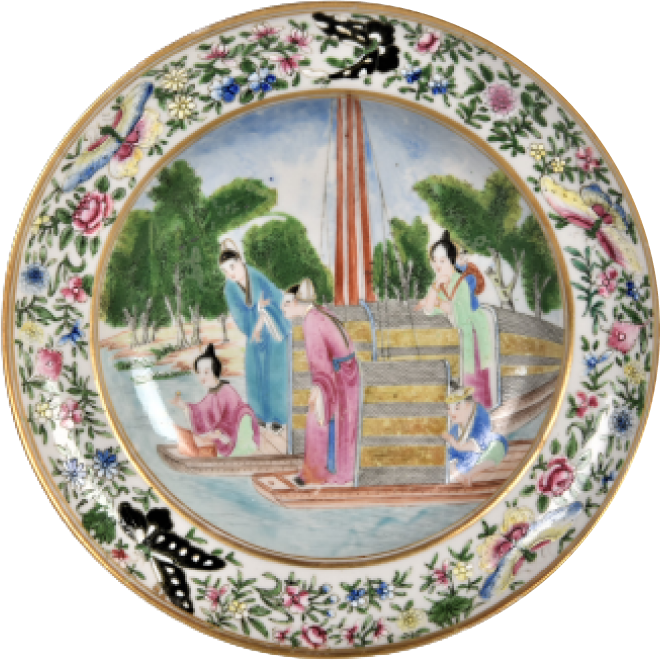
Human Story
人物故事

Canton Rose
玫瑰花頭

Du Hua
督花
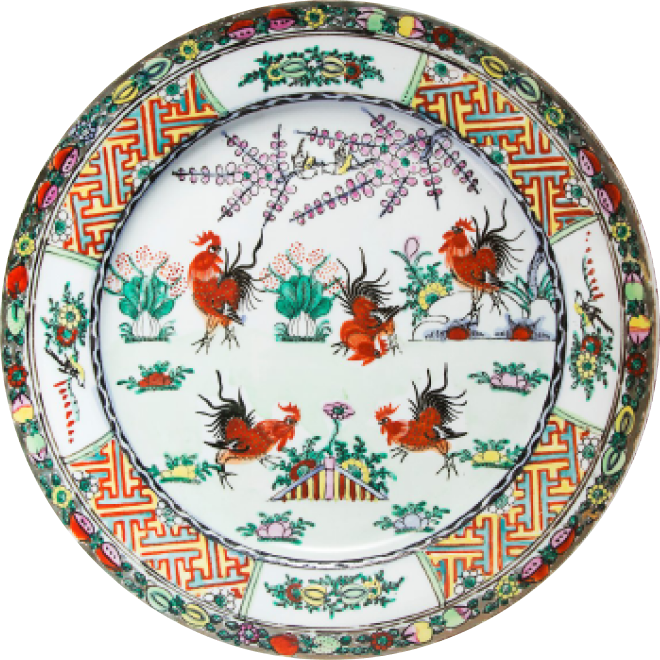
Jin Bian Dou Ji
錦邊鬥雞

Ya Bian Hua Xin
牙邊花心
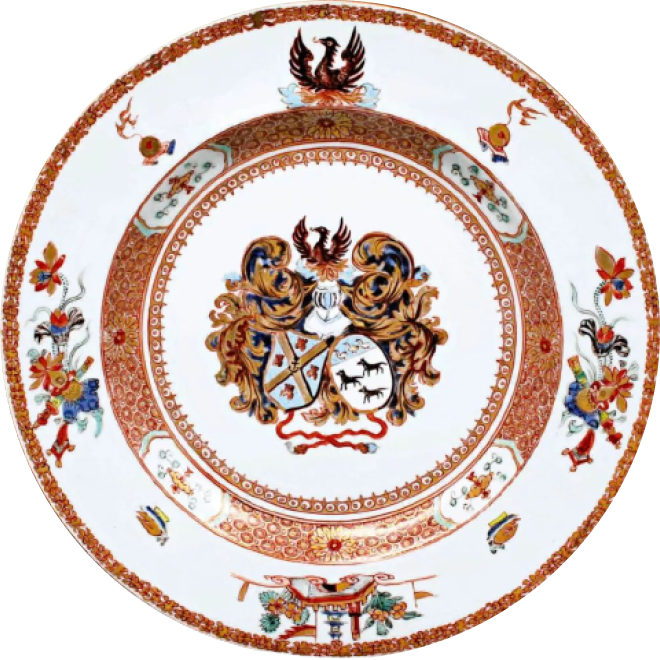
Heraldic porcelain
紋章瓷
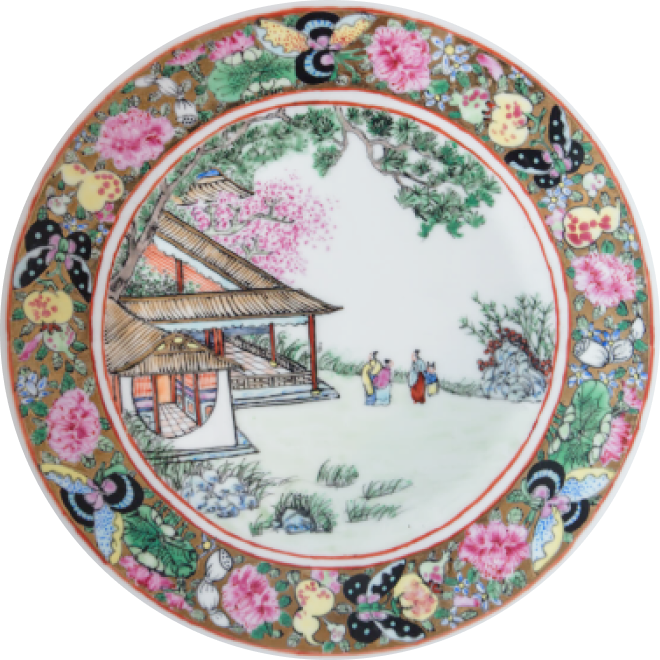
Buildings and landscapes
建築物與風景
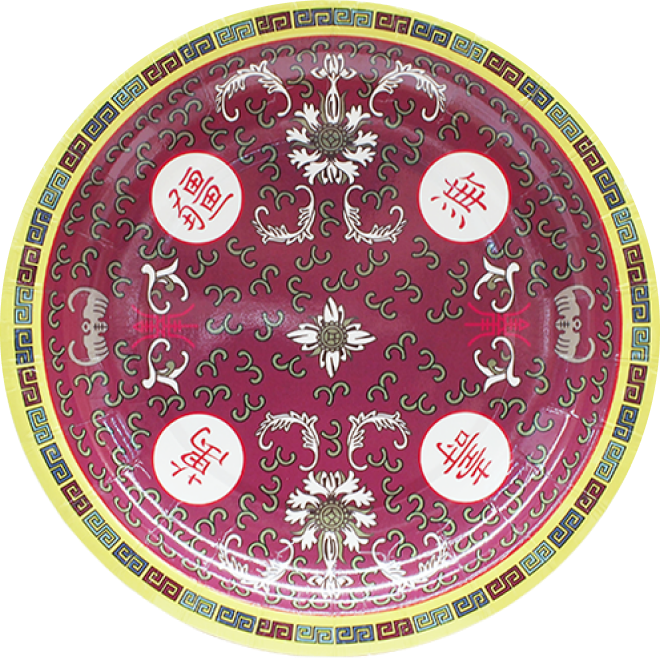
Wan Shou Wu Jiang
萬壽無疆

Modern Combination of Chinese and Western
現代中西合璧
Guangcai consists of many patterns, and when the porcelain is designed with some specific type of elements, people give these collections names. For example, Jin Bian Dou Ji, which is a famous pattern in Guangcai, requires a combination of flower, cabbage, rooster, carrot, garden.
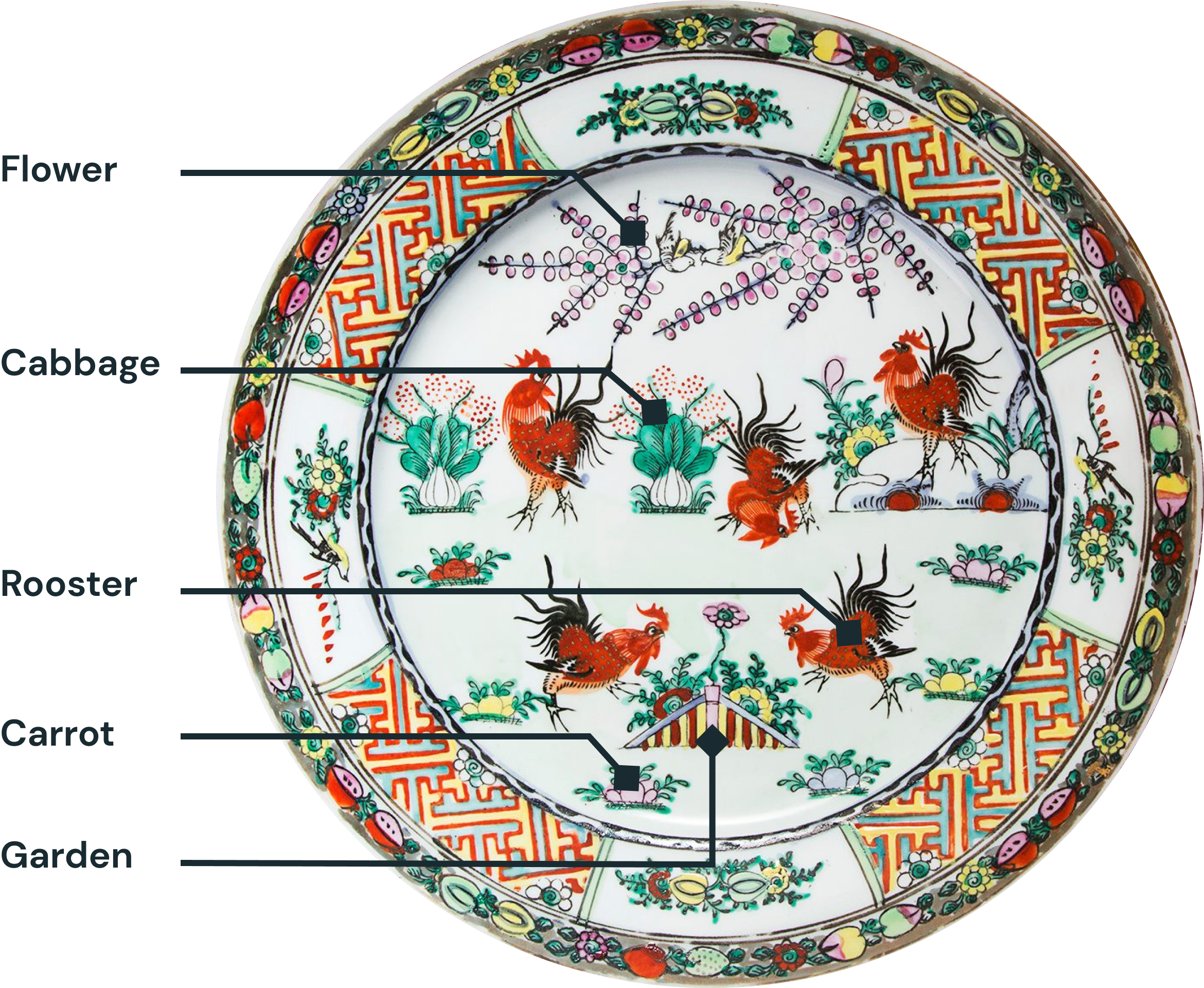
Guangcai master and studio
Guangcai master spends their whole life learning Guangcai. New learners always need to spend a long time to get into this craft, which at least needs a few years until they can make an acceptable product. Therefore there is less youth willing to get into this craft industry. So, this craft is facing a risk to be lost. Also, the Guangcai masters always spend a long time making a Guangcai. They sit over 10 hours a day in their studio to be highly focused on drawing the outlines. Therefore, there are some tools to help them focus on the drawing, e.g. a spotlight for drawing at night, a pillow to hold their hand at a certain level, etc.

Insights & Findings
There is meaning behind in every patterns!
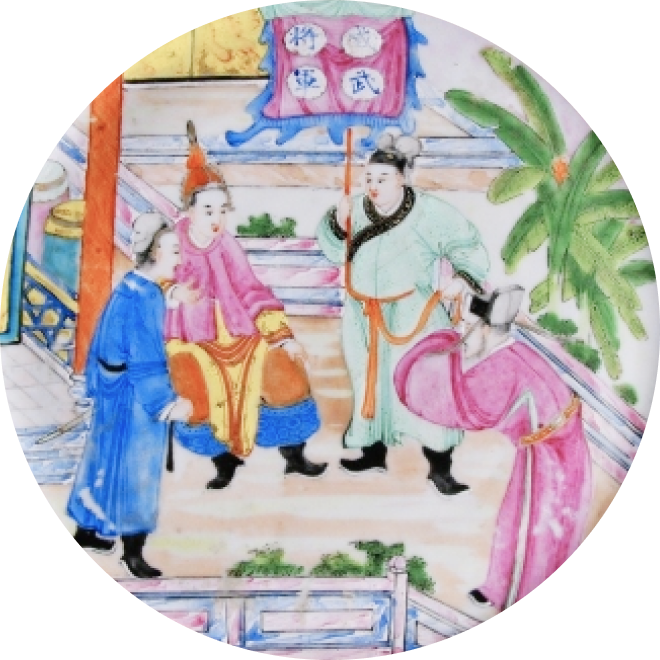
Stories / Narrative

Meaning / Bless
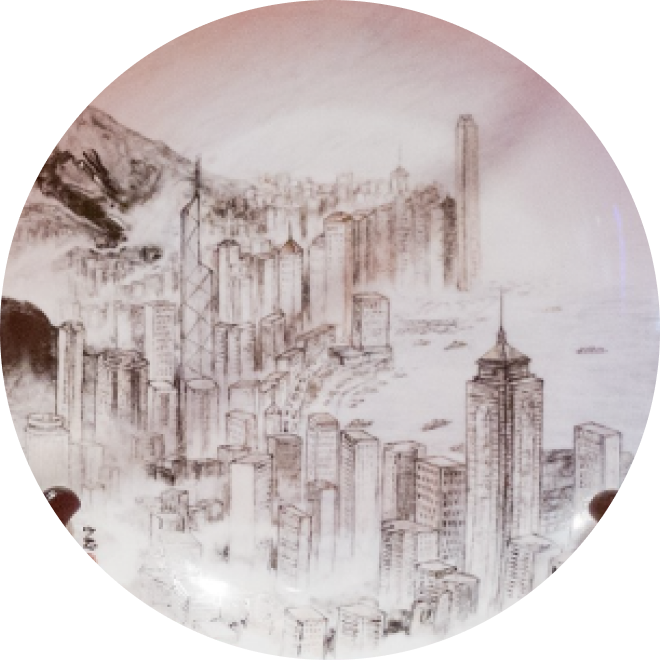
History
These porcelain patterns have different meanings about stories, blessings, and history. We thought it would be interesting to create these stories or meaning scenes in the VR environment as a value of this craft to people.
As the VR environment is full of imagination and possibility, it is able to tell this behind-message in an unexpected way and immerse users in the story.
Vision Statement
By experiencing the Guangcai process in an innovative way, people can immerse themselves in the behind stories and understand its value and craftsmanship.
The purpose and goal of this VR experience is to let people experience the traditional culture in an innovative and immersive way. By using the first person view, they can have a try of making a Guangcai and understand the value of Guangcai and craftsman spirit of Guangcai of the master via storytelling and exploration in the free VR environment.
Design Concept
Game setting
In this ideation prototype, we will focus on one of the patterns Jin Bian Dou Ji (錦邊鬥雞). It is a mash-up of lucky and fortune elements. It includes roosters, carrots, cabbages and flowers.
There are two environments in the game. One is the master's studio or home; another one is an imaginary world. The player can freely explore the master's studio and take a look at the object to know more about the life of the Guangcai master. The imaginary world is different according to the background of the selected pattern that the player wants to play. For example, if the player wants to make a Jin Bian Dou Ji (錦邊鬥雞), the imaginary world will be in Tai Wo Ping (大窩坪) in the 1970s.

The player here is a new learner without Guangcai experience and they are going to learn it from a Master.
Considerations
In reality, Guangcai requires a lot of fine brushwork to finish one plate, and it is hard to replicate the details in VR. So we decided to scale up the whole experience to a point where we are able to draw or at least follow some lines in the VR. And this human-sized plate is particularly suitable for the context of an “imaginary world”. The imaginary world is designed to be a larger playing area for players to explore. We thought we could make use of this environment, add related grabbable elements, and put them into plates as one of the decoration methods.
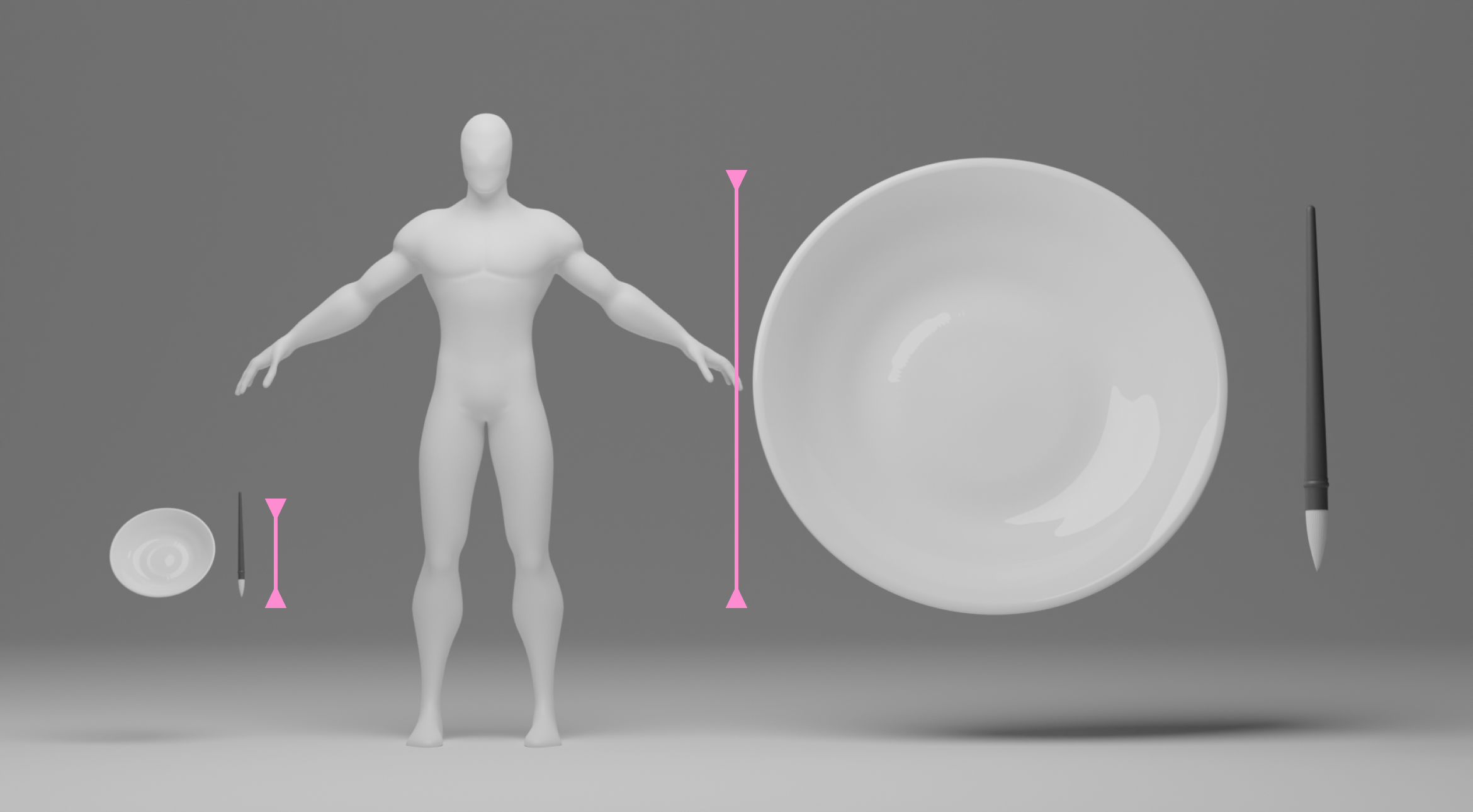

Story board
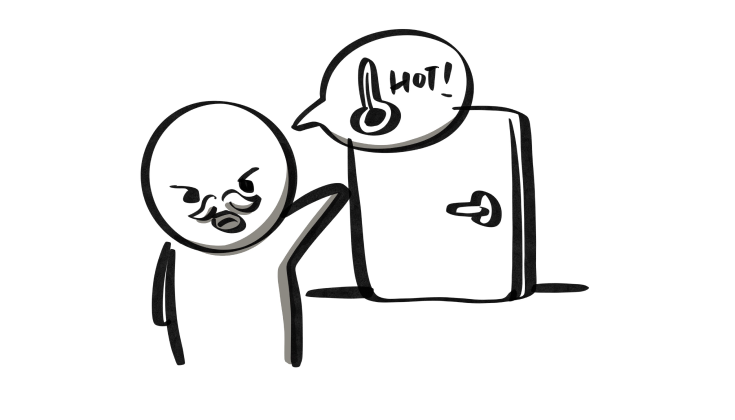

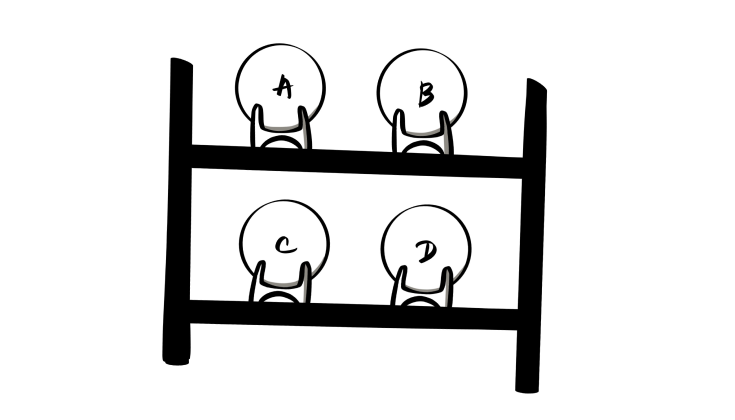
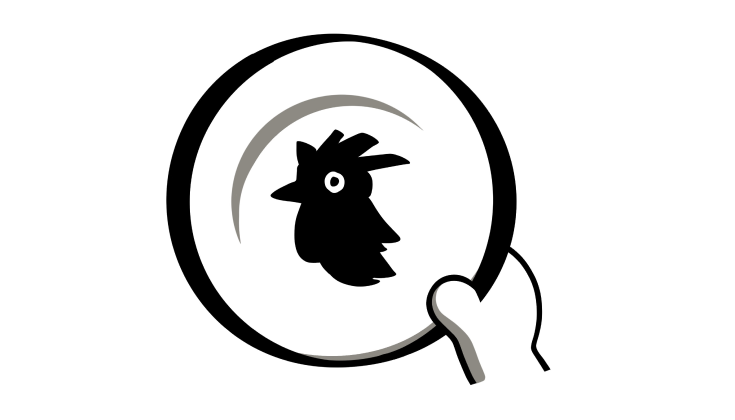

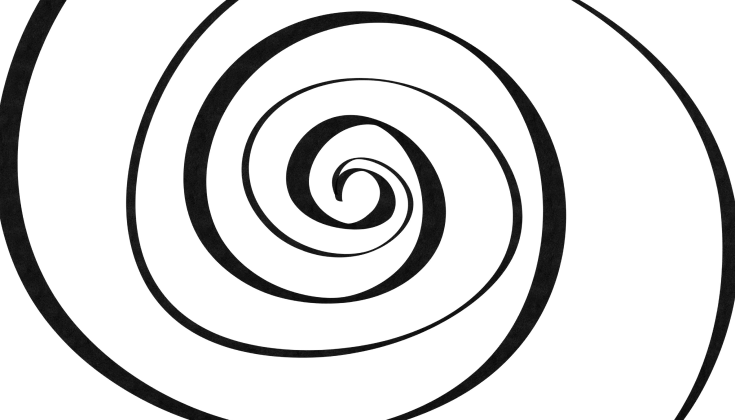
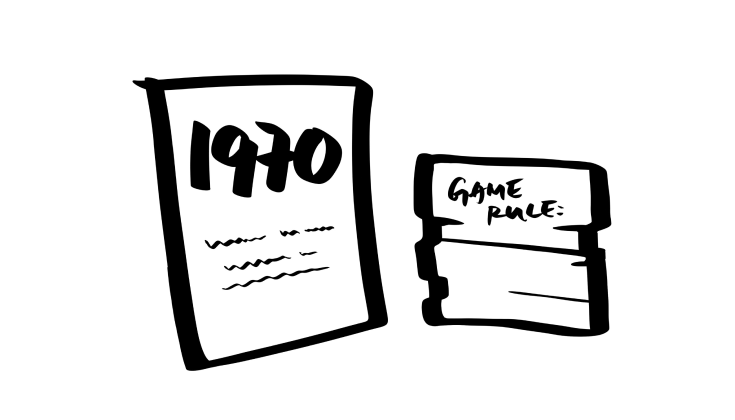



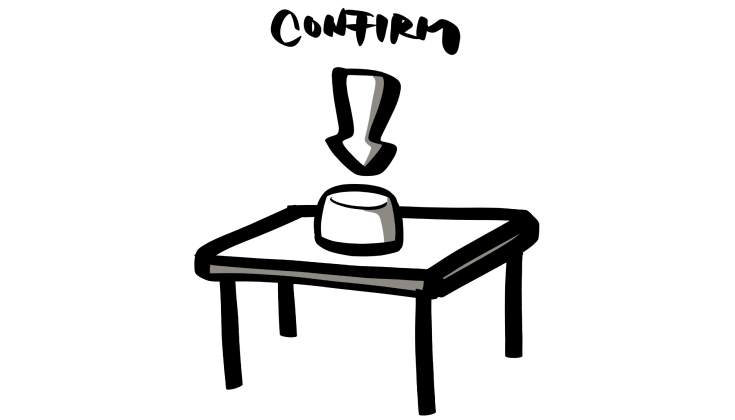
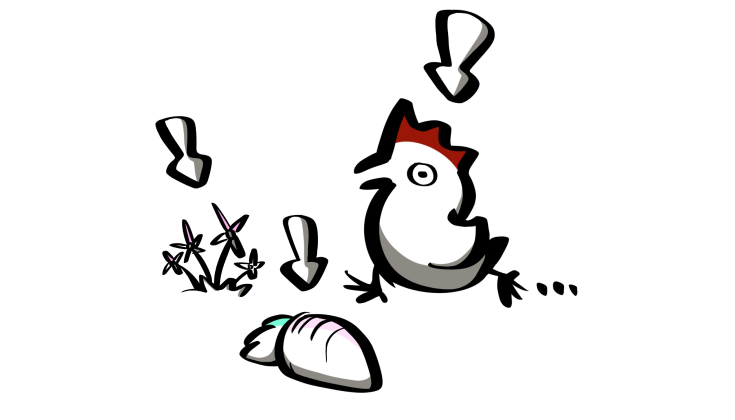


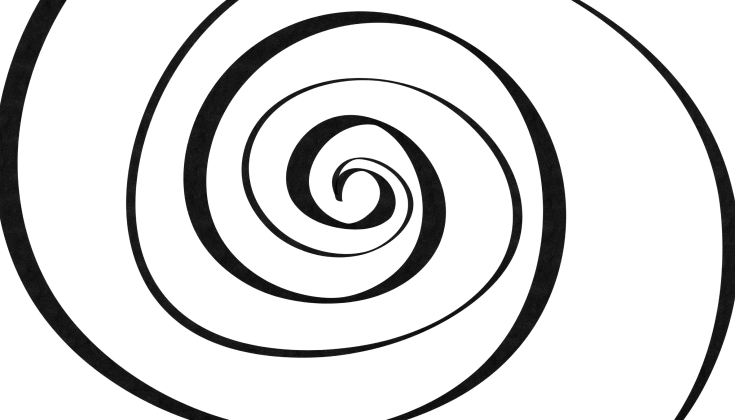





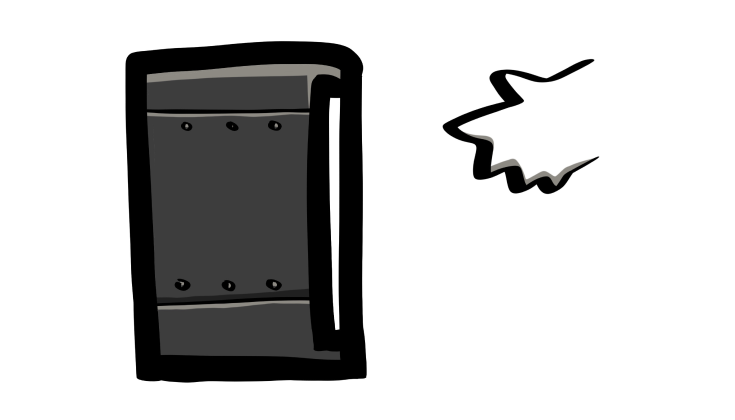
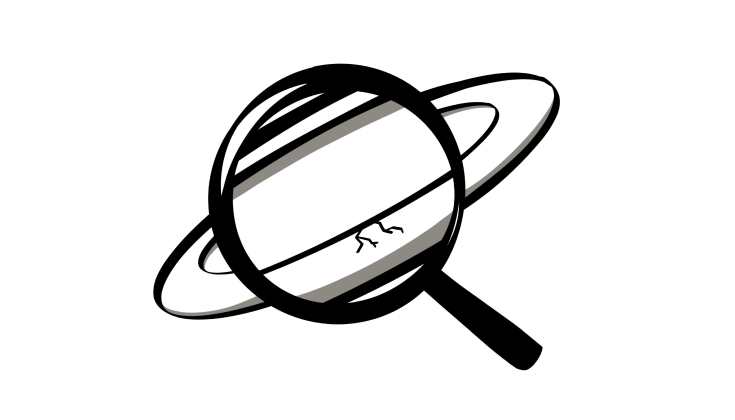


Game Structure
Prototyping
Equipment and technology





Agency (game guidance)
Some agencies are provided to give the players present in the VR environment. The context of everything basically, including what role/character they are playing, what tasks they should do in order to proceed to the next step, what time and location it is in a specific environment. There are also warnings, arrows, marks to facilitate the players to finish the game smoothly.
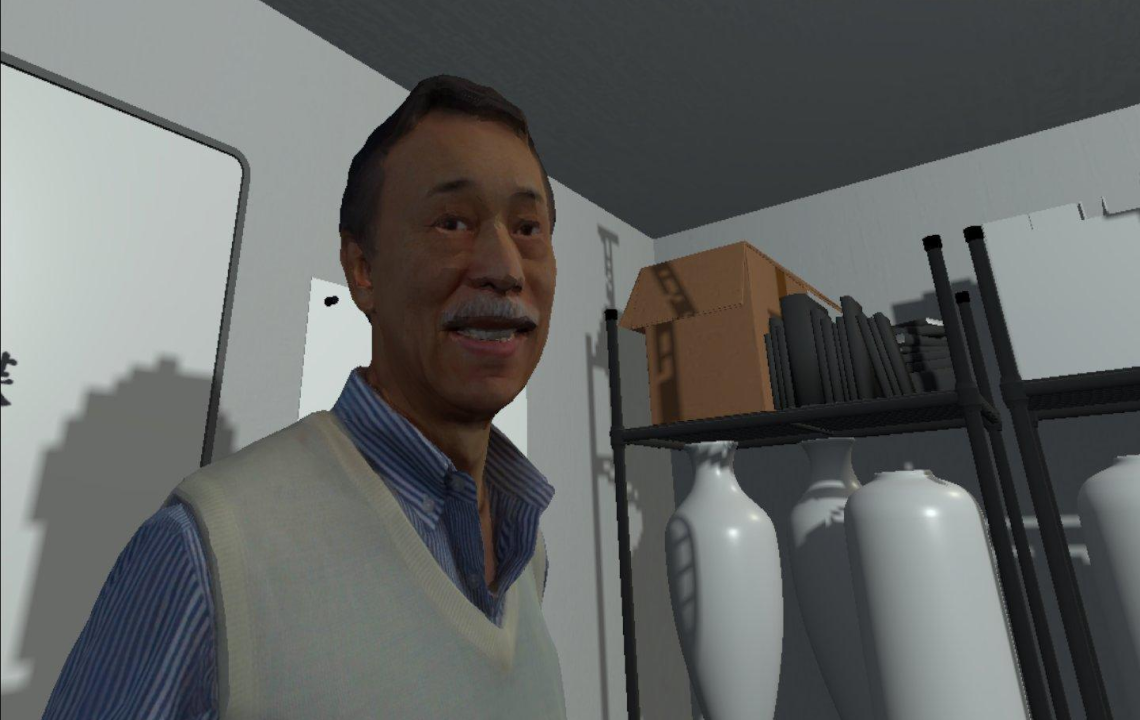
- Tell the background & further knowledge
- Feedback to the user

- Tell what they are going to do
- Show the information and steps for completing the task
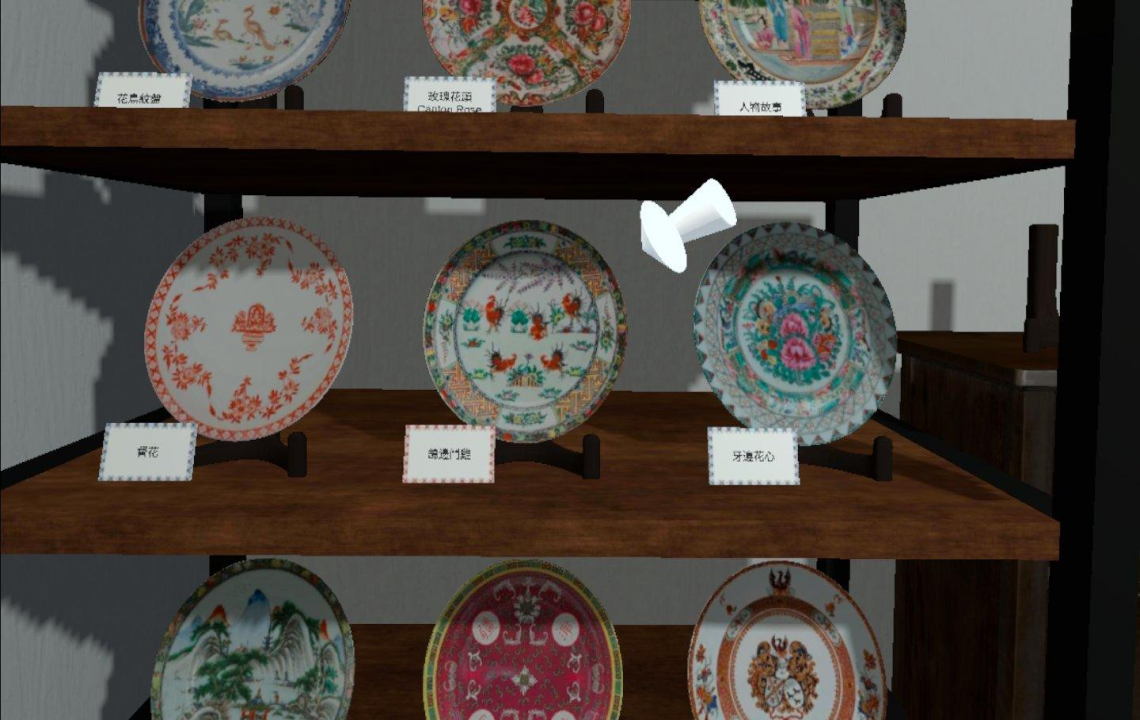
Hints for the next action or interactive objects
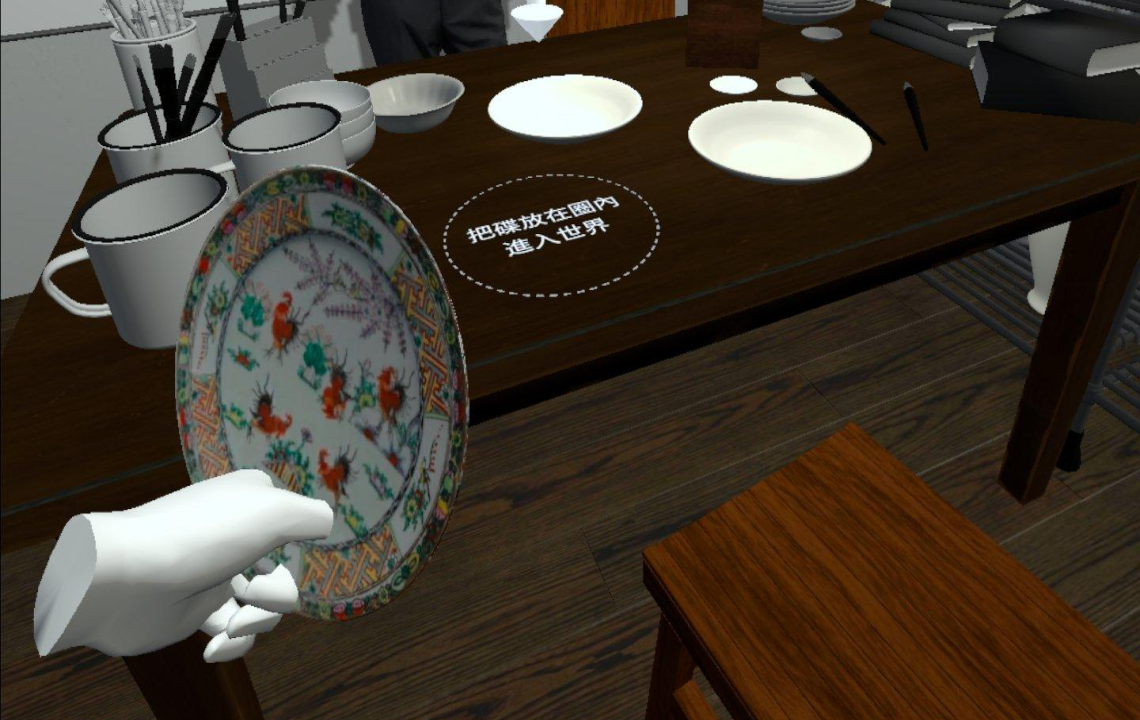
Hints for their action

Tell where and when they are
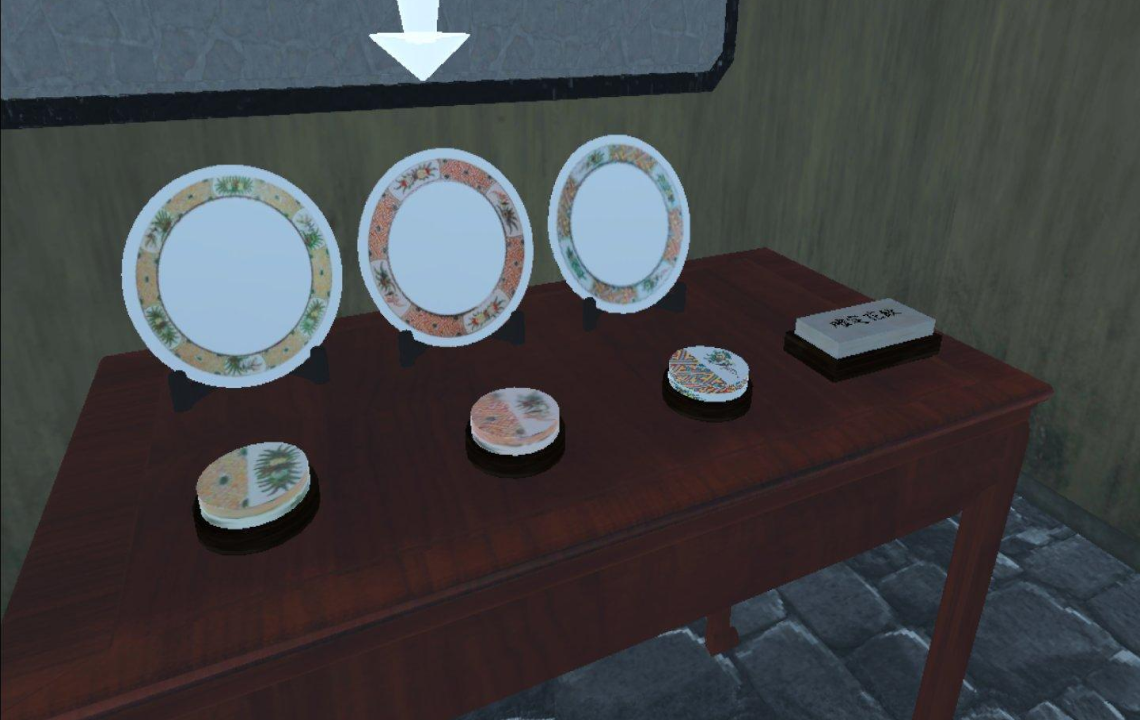
Allow user to go for next step when ready

To avoid the user makes mistake
Rendering
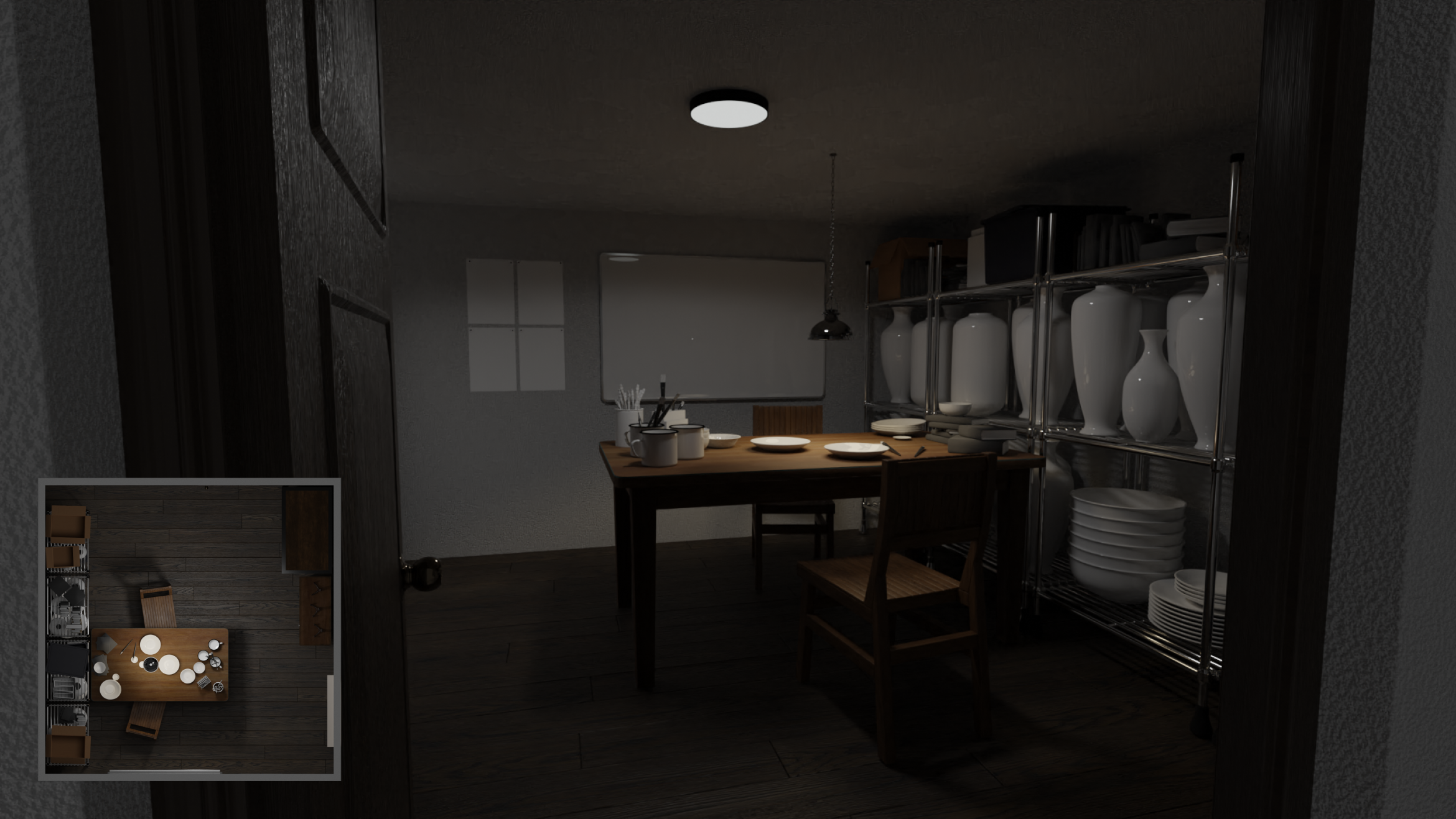
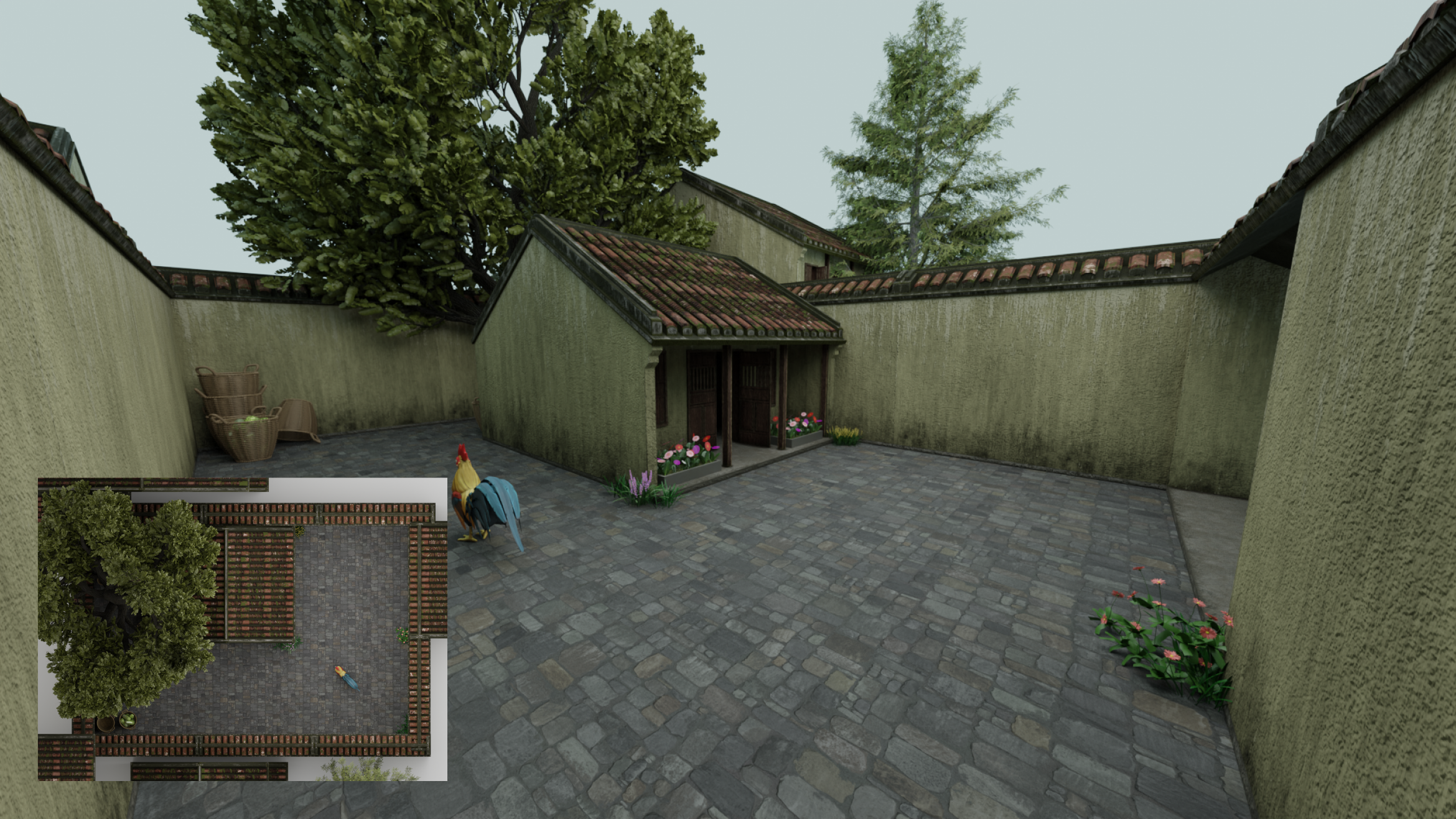
Comments
Comments from professor
- Creative concept
- The ideas of enlarging a plate and putting objects found in a village onto a plate are very creative and fit very well to the goal of the design. The limitations of interactions in VR are also well considered.
- The conversation/dialogue from the master fits well to the story.
- The ending scene to put up the end product is a nice touch.
- Overall, it is a very decent prototype.
- The spatial arrangement and flow of the 3 scenes are sensible. Maybe a small comment is that: the users/players can be prepared (or told about) the second scene before they are ‘transferred’ there.
- The visual guide (e.g. the arrows) are clear and helpful.
- The red lines beaming from the two hands of the player may not be necessary.
- The audio and text tips/guidance are prototyped well.
- Very rich scenes in general.
- >Sometimes, the buttons in the second scene does not work very well.
Feedback form classmates
It is a really interesting game and their love the idea. The concept is innovative and catches their interest in exploring the environment. They are active to play this game and even queue to play it. One bug is that sometimes they will skip a game stage due to repeatedly pressing the button.
Showcase
My role
- Take part in all the research and design stages with my teammate
- Less focus on the 3D modeling but more contributing to the game development and experience
Reflections
More imagination in VR environment
As the VR environment is a virtual world, we can do anything that is impossible in reality there. This project allows me to think differently and not be limited to the existing limitations of reality. For example, we can only read or listen to the background of the Guangcai plate from articles or the master. Now, we can experience it and get into that world in VR to have more immersive knowledge.
Present of being in VR environment
It is a challenge to give signals to the user where they are and what to do in a VR environment. Not like reality, everything is showing its present to people. We should provide the hints (agency) of the present to the user from nothing. So, it allows me to imagine different scenarios that how’s the user think and feels and provide the corresponding hints.
Focus on more about the traditional craft and user test
While this project aims at building up a first VR experience with a specific topic, it does not allow us to have enough time to interview the stakeholders and do the user testings for it. Although there is a demonstration section in the lesson to let the professor and classmate play around with it and get a few feedback on it, we should focus on the stakeholders' comments and revise the game after doing the user test next time.